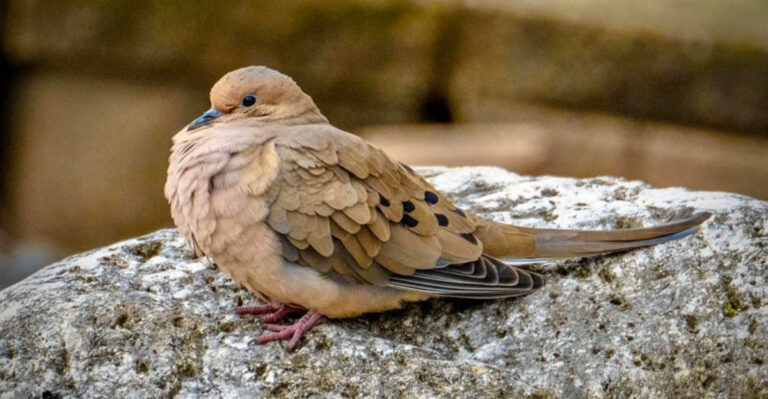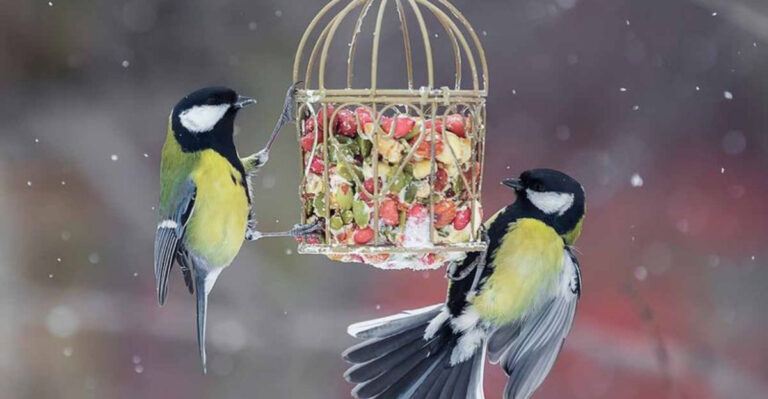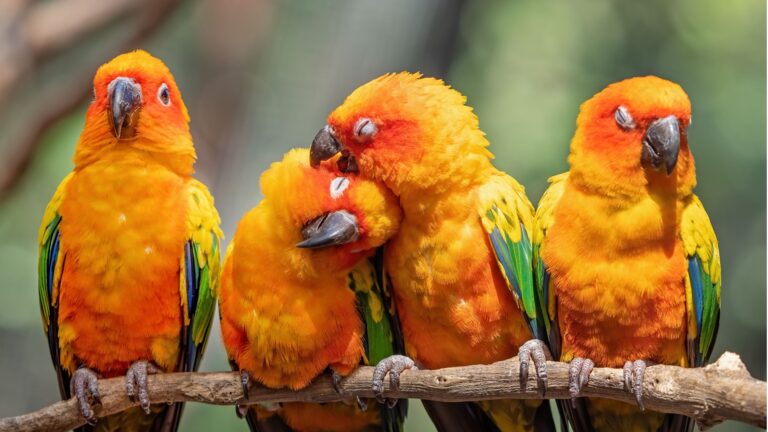10 Countries With The Most Fearsome Wildlife (And 5 Where Danger Is Hard To Find)
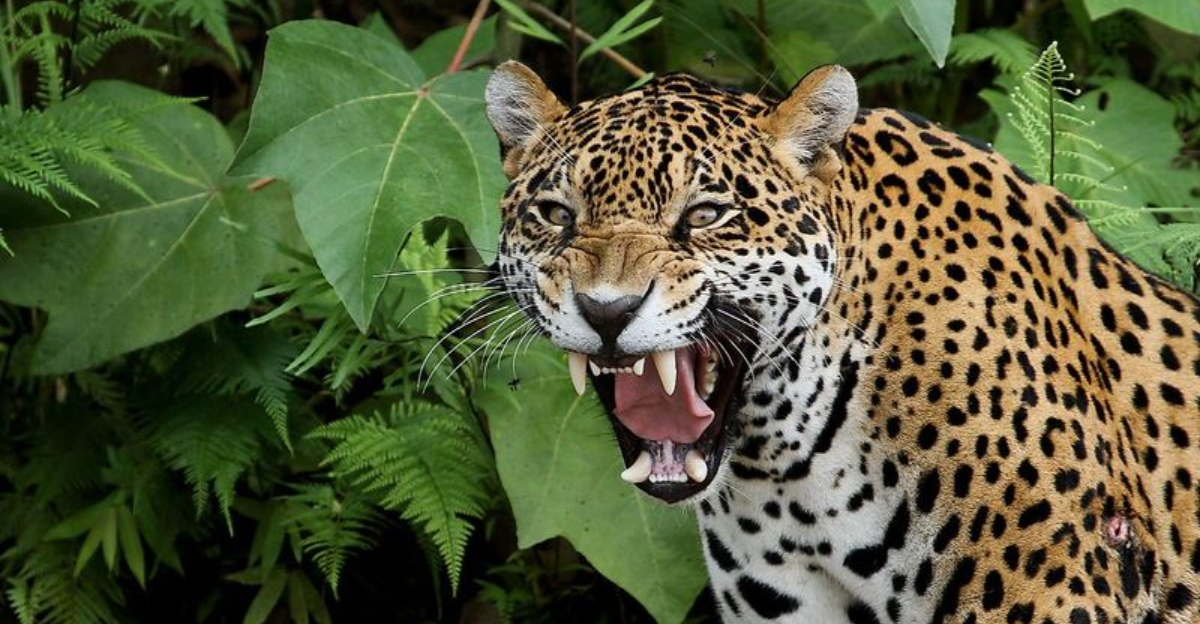
Our planet is home to some truly incredible creatures, but not all wildlife encounters are created equal. In some countries, stepping outside means potentially facing animals that can seriously harm humans.
Meanwhile, other nations boast remarkably safe ecosystems where dangerous wildlife is virtually non-existent. Let’s explore which destinations should keep you on high alert and where you can relax without worrying about deadly animal encounters.
1. Australia – Home of Everything That Can Kill You
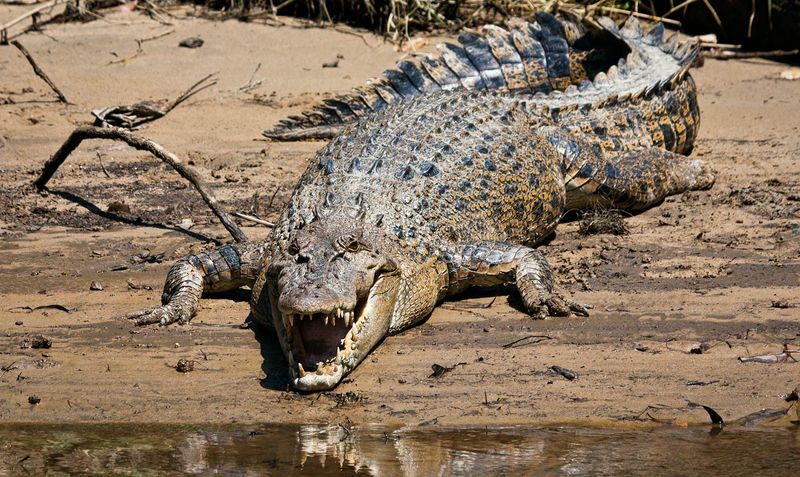
The Land Down Under has earned its reputation as wildlife danger central. From the deadly Sydney funnel-web spider to box jellyfish that can kill within minutes, Australia doesn’t mess around. The saltwater crocodile, reaching lengths of 23 feet, lurks in northern waterways while inland taipans pack enough venom to kill 100 adults with a single bite.
Coastal swimmers face bull sharks and great whites, while even the cute platypus sports venomous spurs. Surprisingly, the most dangerous Australian animal might be the common honeybee, causing more deaths through allergic reactions than any other creature. Even the seemingly innocent blue-ringed octopus carries enough toxin to kill 26 adults.
2. South Africa – Big Game And Deadly Snakes
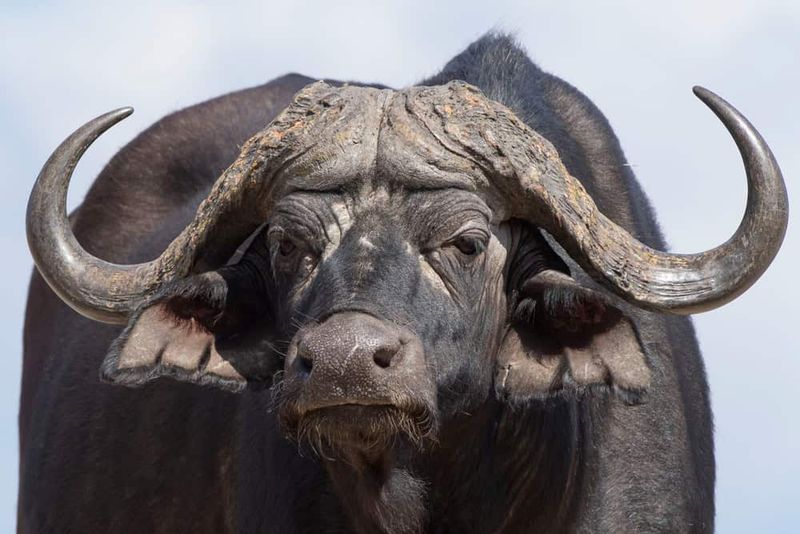
South Africa’s wildlife doesn’t play nice with uninvited guests. The country hosts all of Africa’s “Big Five” dangerous game animals – lions, leopards, rhinos, elephants, and Cape buffalo. Hippos, despite their cartoonish appearance, kill more humans annually than any other African mammal with their massive jaws and territorial aggression.
Black mambas slither at 12mph and deliver venom that’s 100% fatal without antivenom. Great white sharks patrol coastal waters, responsible for more unprovoked attacks on humans than any other shark species.
Even insects pose serious threats – the Sac spider causes necrotic wounds that destroy tissue, while the six-eyed sand spider’s venom liquefies internal organs. Park rangers often say Cape buffalo look at you like you owe them money.
3. India – Where Tigers And Cobras Roam Free
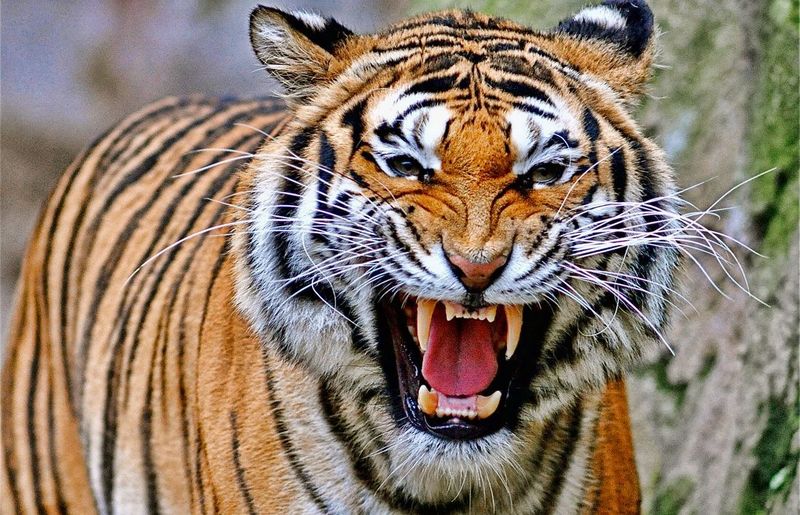
India hosts an impressive lineup of creatures ready to remind humans they’re not top of the food chain. Bengal tigers, weighing up to 550 pounds with 4-inch fangs, still claim about 40-50 human lives annually despite their endangered status. The Indian cobra, instantly recognizable by its hood, delivers neurotoxic venom that paralyzes victims’ respiratory systems.
Mugger crocodiles snatch unsuspecting villagers from riverbanks, while sloth bears – despite their cute name – have been known to focus attacks on human faces and heads. The Indian elephant kills approximately 300 people yearly.
Perhaps most terrifying is the king cobra, reaching 18 feet long and capable of delivering enough venom to kill 20 people in a single bite.
4. Indonesia – Deadly Dragons And Ocean Predators
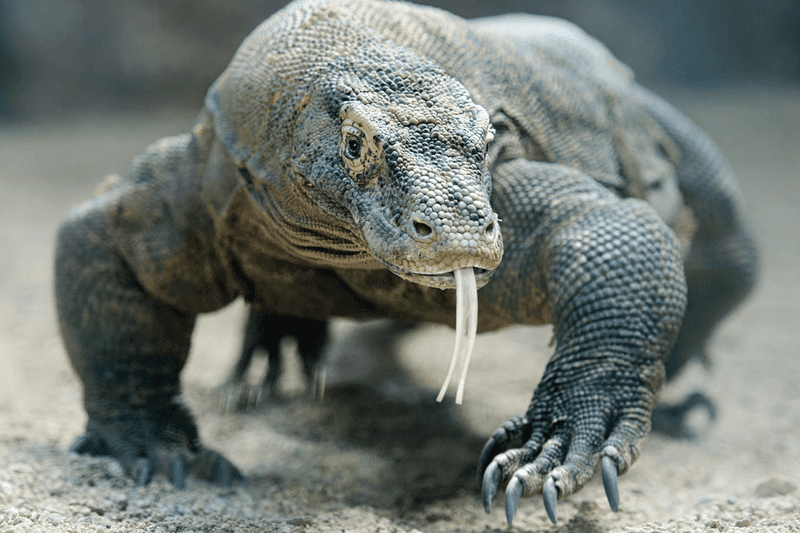
Indonesia’s 17,000+ islands harbor creatures straight from nightmare territory. The Komodo dragon, world’s largest lizard, hunts with bacteria-filled mouths and venom glands that prevent blood clotting in bite wounds. Victims often die from infection or blood loss days after attacks.
The reticulated python, reaching 33 feet, regularly consumes wild boars and occasionally humans. Box jellyfish drift through coastal waters with tentacles containing enough toxin to kill 60 adults.
Saltwater crocodiles lurk in river mouths, while Indonesian coral reefs house blue-ringed octopuses and stonefish – the world’s most venomous fish. The tiny golden sea snake packs venom 10 times stronger than a cobra’s, though fortunately has a small mouth that rarely bites humans.
5. Mexico – Venomous Varieties On Land And Sea

Mexico’s diverse ecosystems pack serious punch in the danger department. The Mexican beaded lizard delivers a painful venom cocktail through grooved teeth while maintaining a stubborn bite grip. Nine different rattlesnake species call Mexico home, including the massive Eastern diamondback that injects enough venom to kill 10 adults.
Scorpions hide in shoes and clothing, with the Mexican bark scorpion causing intense pain and potentially death in children. Bull sharks navigate miles upstream in freshwater rivers, surprising inland swimmers.
The beautiful but deadly coral snake follows the rhyme “red touch yellow, kill a fellow.” Jaguar populations are rebounding in southern jungles, though they rarely attack humans unless cornered or protecting cubs.
6. Brazil – Amazonian Dangers Lurk Everywhere

Brazil’s Amazon rainforest harbors a staggering array of creatures that can end your vacation permanently. The green anaconda, Earth’s heaviest snake, crushes prey with bone-breaking strength before swallowing victims whole. Wandering spiders, sometimes hiding in banana bunches, cause painful erections in male victims before potential death.
Electric eels deliver 600-volt shocks – five times stronger than standard wall outlets. Piranha schools can strip flesh from bones in minutes during feeding frenzies. The Brazilian wandering spider holds the Guinness record for world’s most venomous spider.
Even tiny creatures pose threats – the parasitic candiru fish allegedly swims up human urinary tracts, requiring surgical removal.
7. Russia – Siberian Predators And Arctic Threats
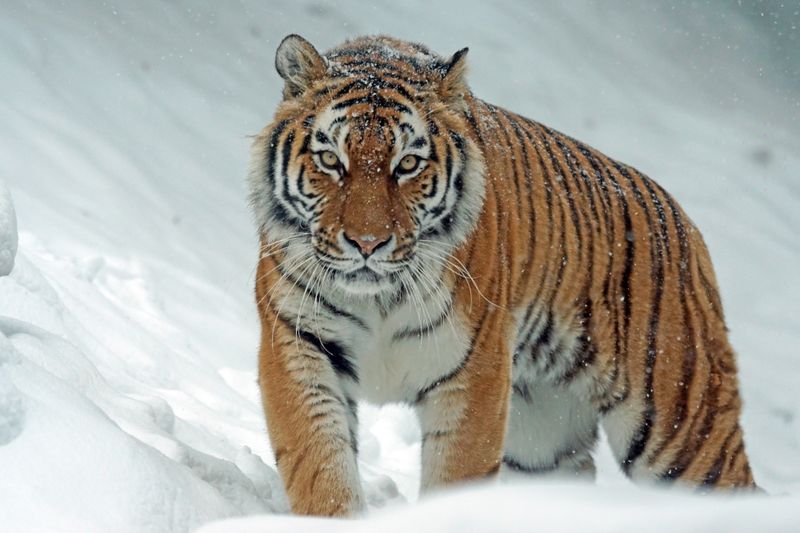
Russia’s vast wilderness harbors apex predators that have evolved in some of Earth’s harshest conditions. Siberian tigers, the largest cats alive, can weigh 700 pounds and take down full-grown bears. Brown bears stand 10 feet tall on hind legs and can decapitate moose with a single swipe.
Arctic regions host polar bears that actively hunt humans as prey when traditional food sources are scarce. Wolf packs coordinate sophisticated attacks, while wolverines fight off bears despite weighing just 40 pounds.
Even Russia’s seas pose threats – the Sea of Okhotsk hosts killer whales and Steller’s sea lions that can crush bones with powerful jaws. Russia’s wilderness operates by one rule: humans are visitors, not masters.
8. Kenya – Safari Dangers Beyond The Jeep

Kenya’s savannas host the world’s most impressive concentration of large predators. Lions, the only truly social big cats, hunt in coordinated prides that can bring down animals ten times their size. Leopards drag prey twice their weight into trees, while cheetahs accelerate from 0-60mph in just three seconds during hunts.
African buffalo cause more hunter deaths than any other animal, earning their nickname “Black Death.” Nile crocodiles patiently ambush drinking animals at watering holes, capable of dragging down full-grown zebras.
Even herbivores pose serious threats – hippos kill hundreds annually with surprising speed and aggression, while elephants can flip vehicles when threatened. Kenya’s wildlife viewing is unparalleled, but stepping outside protected vehicles often proves fatal.
9. Colombia – Rainforest Risks And Coastal Killers
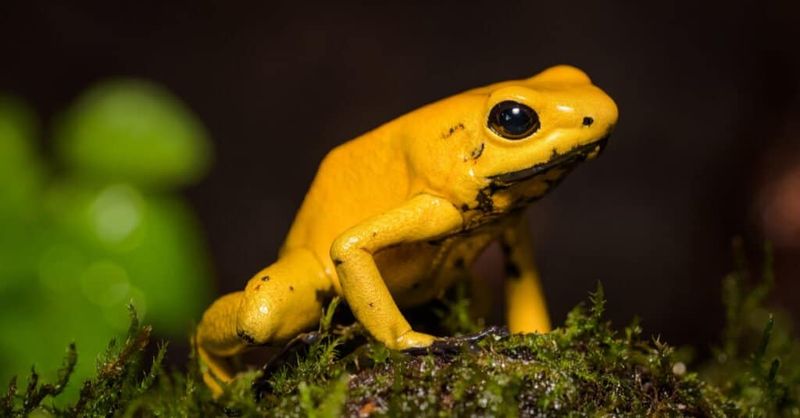
Colombia’s biodiversity includes plenty of creatures perfectly designed to end human lives. Golden poison dart frogs, smaller than a quarter, carry enough toxin to kill 10 adult men with skin contact alone. Indigenous tribes historically used their secretions on blowgun darts.
Bushmaster snakes grow to 12 feet and deliver hemotoxic venom that destroys tissue and prevents blood clotting. Jaguar populations thrive in Colombian rainforests, with jaws powerful enough to crush turtle shells and caiman skulls.
Coastal waters host bull sharks that tolerate freshwater and venture far upriver. The Colombian black-headed snake remains nearly undetectable on forest floors yet delivers potentially fatal bites. Even bullet ants earned their name from a sting that feels like being shot.
10. Papua New Guinea – Unexplored Dangers In Remote Jungles

Papua New Guinea remains one of Earth’s last truly wild frontiers with creatures science is still discovering. The Papuan taipan delivers venom so potent that before antivenom development, bite mortality exceeded 80%. Death adders hide under leaf litter, striking with lightning speed when prey approaches.
Saltwater crocodiles grow to monstrous sizes in remote rivers, with 20-footers documented attacking fishing boats. The hooded pitohui bird contains the same neurotoxin found in poison dart frogs – the only toxic bird known to science.
Cassowaries stand 6 feet tall with dagger-like claws capable of disemboweling threats with a single kick. Even seemingly harmless creatures pose risks – the giant Papuan stinging tree causes pain lasting months from a single leaf touch.
11. New Zealand – A Remarkably Safe Wildlife Haven

New Zealand stands as a wildlife paradise where dangerous animals are practically non-existent. Evolution in isolation created an ecosystem almost entirely lacking venomous or predatory species that threaten humans. The only venomous native is the katipo spider, whose rare bites cause pain but haven’t resulted in deaths for over a century.
Marine environments host some potential dangers – blue sharks occasionally visit offshore waters but rarely approach swimmers. The impressive but harmless giant weta insect might give you a fright, growing larger than some mice.
New Zealand’s most dangerous animal might be the introduced wasp, causing occasional allergic reactions. Even the imposing wild boars, brought by European settlers, generally flee from humans rather than confronting them.
12. Iceland – Land Of Ice Without Dangerous Creatures
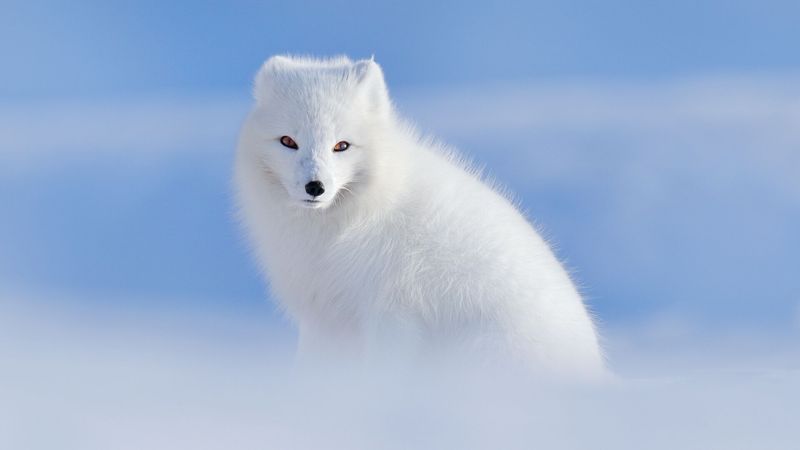
Iceland’s isolation and harsh climate created a natural paradise remarkably free from dangerous wildlife. The island nation has no native reptiles, no venomous insects, and no predatory mammals that pose any threat to humans. Arctic foxes, the only native land mammal, are small and avoid human contact entirely.
Marine environments host orcas and sharks, but attacks are virtually unheard of in Icelandic waters. The adorable puffins might give a small nip if handled, but that’s about as threatening as Icelandic wildlife gets.
Even introduced species like reindeer and mink pose no danger to humans. Iceland’s most dangerous animal might be the sheep – not because they attack, but because drivers occasionally swerve to avoid them on roads.
13. Ireland – The Snake-Free Isle Of Safety

Ireland boasts the remarkable distinction of having no native snakes whatsoever – thanks to Saint Patrick, according to legend, though science credits the last ice age and geographic isolation. The island’s largest wild predator is the pine marten, a cat-sized member of the weasel family that poses zero threat to humans.
Even Ireland’s seas are remarkably safe – the basking shark, despite its 26-foot length, feeds exclusively on plankton. The Portuguese man-o-war occasionally drifts to Irish shores but remains extremely rare.
The most dangerous Irish wildlife encounter might be stepping on a weever fish at the beach, causing painful (but not life-threatening) stings. Even the impressive red deer stags, despite their massive antlers, are more likely to run than confront humans.
14. Japan – Surprisingly Few Dangerous Land Animals

Japan’s mainland offers remarkably safe wildlife encounters despite the country’s diverse ecosystems. The Japanese mamushi, while venomous, rarely delivers fatal bites and prefers avoiding humans. Wild boars occasionally cause injuries, but deaths are extremely rare.
The once-extinct Japanese wolf no longer poses any threat, while the largest predator – the Ussuri brown bear – exists only in very remote northern Hokkaido. Japanese macaques might steal your lunch but won’t cause serious harm.
Marine environments present more risks – box jellyfish and blue-ringed octopuses inhabit southern waters, while the venomous sea snake visits during warm months. Japan’s safest wildlife viewing happens in its famous deer parks, where semi-wild deer bow politely for crackers.
15. Singapore – Urban Safety In A Tropical Setting
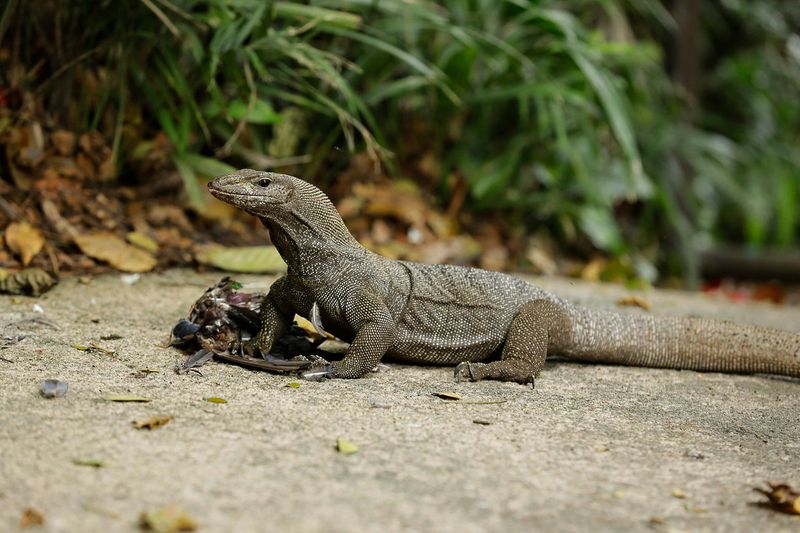
Singapore’s remarkable transformation from jungle to ultra-modern city-state eliminated most dangerous wildlife encounters. The occasional king cobra might appear in outlying areas, but bites are extremely rare with excellent medical facilities nearby. Saltwater crocodiles occasionally visit coastal areas but are quickly relocated by efficient wildlife management teams.
Wild boars roam nature reserves but rarely interact with humans in urban zones. The tiny but venomous blue-ringed octopus lives in surrounding waters but rarely encounters swimmers.
Singapore’s most dangerous animal might be the long-tailed macaque – not for physical attacks but for occasionally snatching food or valuables from distracted tourists. Even Singapore’s remaining jungle areas have been largely tamed, with boardwalks keeping visitors safely above any ground-dwelling creatures.



